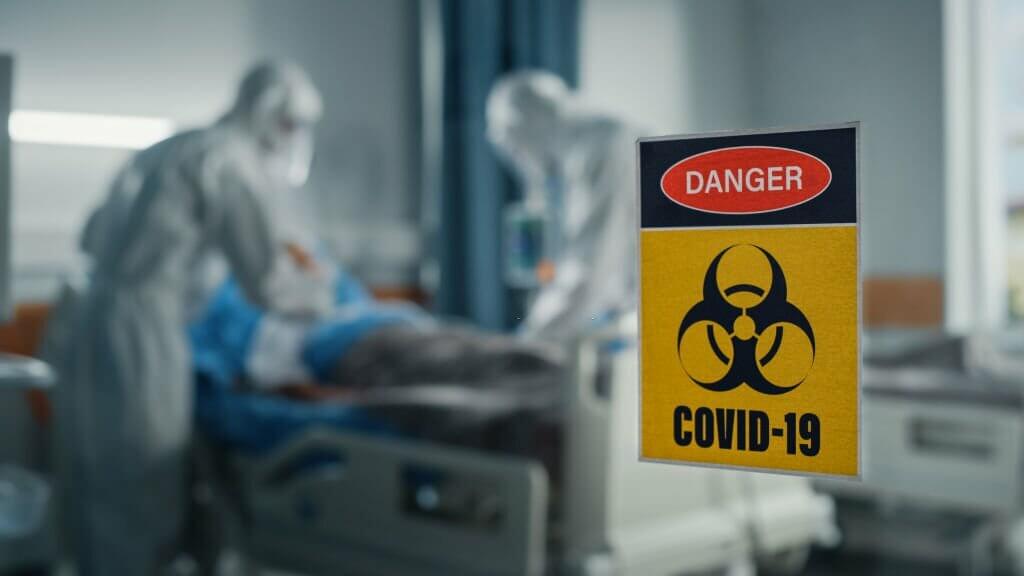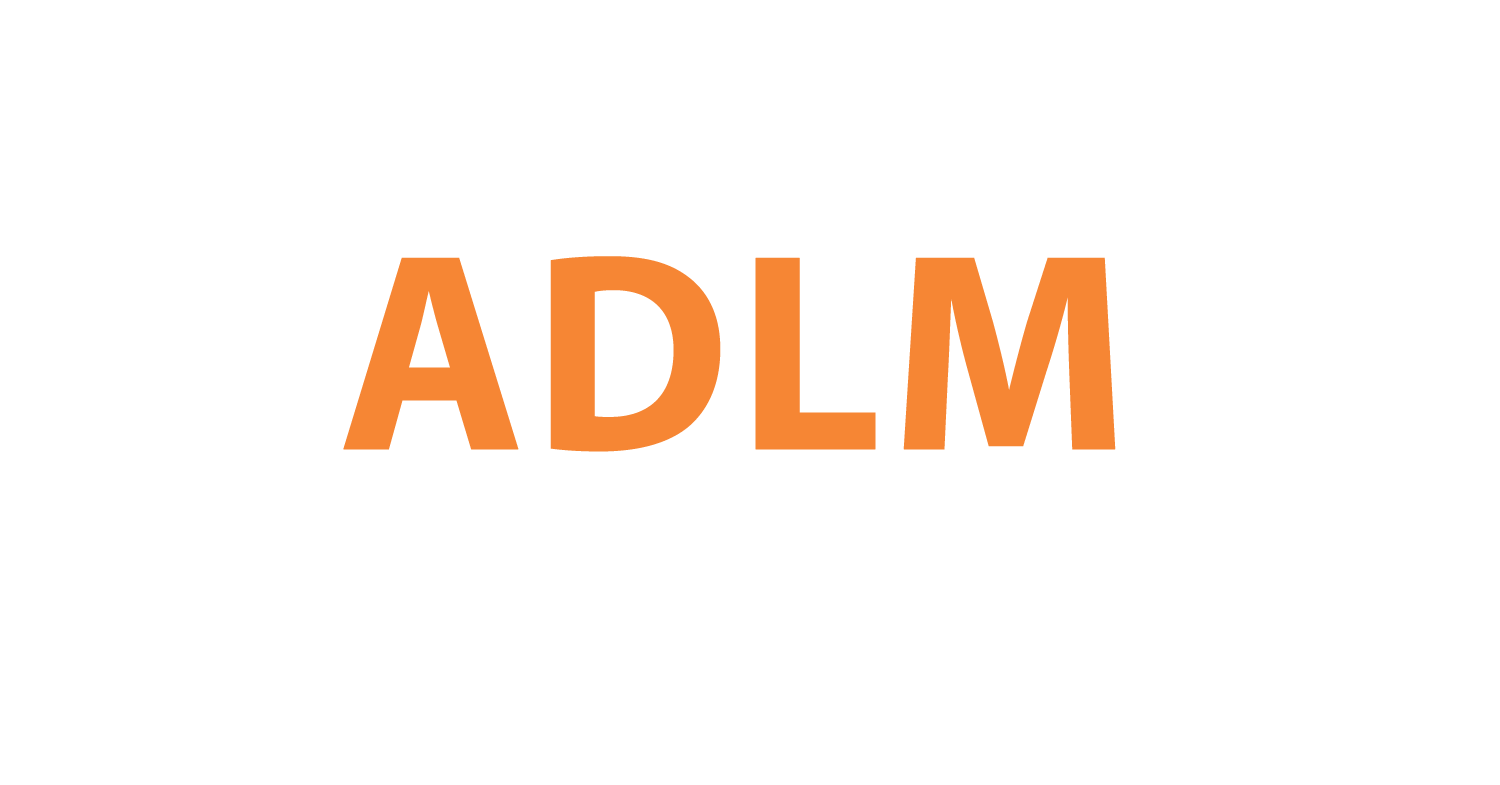Oropharyngeal Swabs for COVID-19 Testing

Oropharyngeal swabs are swabs used to collect cell samples from the oropharynx, which is the part of the throat behind the mouth. Specifically, they swab the posterior pharyngeal wall and tonsillar areas. Oropharyngeal swabs have synthetic fiber tips, usually made of polyester, rayon, or nylon, that are coated with soft flocked fibers. These swabs are flexible enough to reach the back of the throat.
During sample collection, the tip is rubbed against the tonsils and posterior oropharynx and rotated to loosen and absorb cells. Oropharyngeal swabbing is a minimally invasive procedure that only stimulates the gag reflex temporarily. The cellular material collected contains any pathogens or viral particles present for testing purposes. For COVID-19 detection, oropharyngeal swabs are used together with nasopharyngeal swabs to check for the presence of SARS-CoV-2 viral RNA.
The ongoing COVID-19 pandemic has highlighted the importance of accurate testing to diagnose infection. One common method for detecting SARS-CoV-2, the virus that causes COVID-19, is through collecting swab samples from the upper respiratory tract, including both nasopharyngeal and oropharyngeal areas. Oropharyngeal swabs, which sample the back of the throat, have become a standard part of COVID-19 testing protocols.
Compared to nasopharyngeal swabs that reach deeper into the nasal cavity, oropharyngeal swabs are simpler to collect. The swab is directed towards the rear wall of the oropharynx and rotated a few times before removal. Though nasopharyngeal swabs may contain more viral load, oropharyngeal swabs are still a reliable source for detecting SARS-CoV-2 through PCR testing. Studies have found high concordance between results from paired nasopharyngeal and oropharyngeal samples.
Proper sample collection technique is critical for maximizing test sensitivity. Swabs should reach the posterior pharynx and tonsillar areas to collect cells likely to contain viral particles. Rotating the swab tip ensures sufficient cell collection. False negatives may result from superficial swabbing that fails to gather infected material.
Combining nasal and throat swabs can offset limitations of individual sampling methods. Collecting both samples serves to minimize the false negative rate compared to single swabbing. The CDC recommends placing both swabs into the same collection tube when using this dual method.
While nasopharyngeal and oropharyngeal swabs remain standard for COVID-19 diagnosis, saliva-based tests are gaining favor as an easier alternative. However, swabs are still preferred in many settings due to higher sensitivity early in infection. Oropharyngeal swabbing continues to be an essential tool for SARS-CoV-2 detection, especially when paired with nasopharyngeal sampling. Careful attention to collection technique ensures maximum accuracy of COVID-19 testing.
Click to View → Mantacc 93050L Oral Sampling Swabs
References
Petruzzi G, De Virgilio A, Pichi B, Mazzola F, Zocchi J, Mercante G, Spriano G, Pellini R. COVID-19: Nasal and oropharyngeal swab. Head Neck. 2020 Jun;42(6):1303-1304. doi: 10.1002/hed.26212. Epub 2020 Apr 30. PMID: 32352180; PMCID: PMC7267300.









